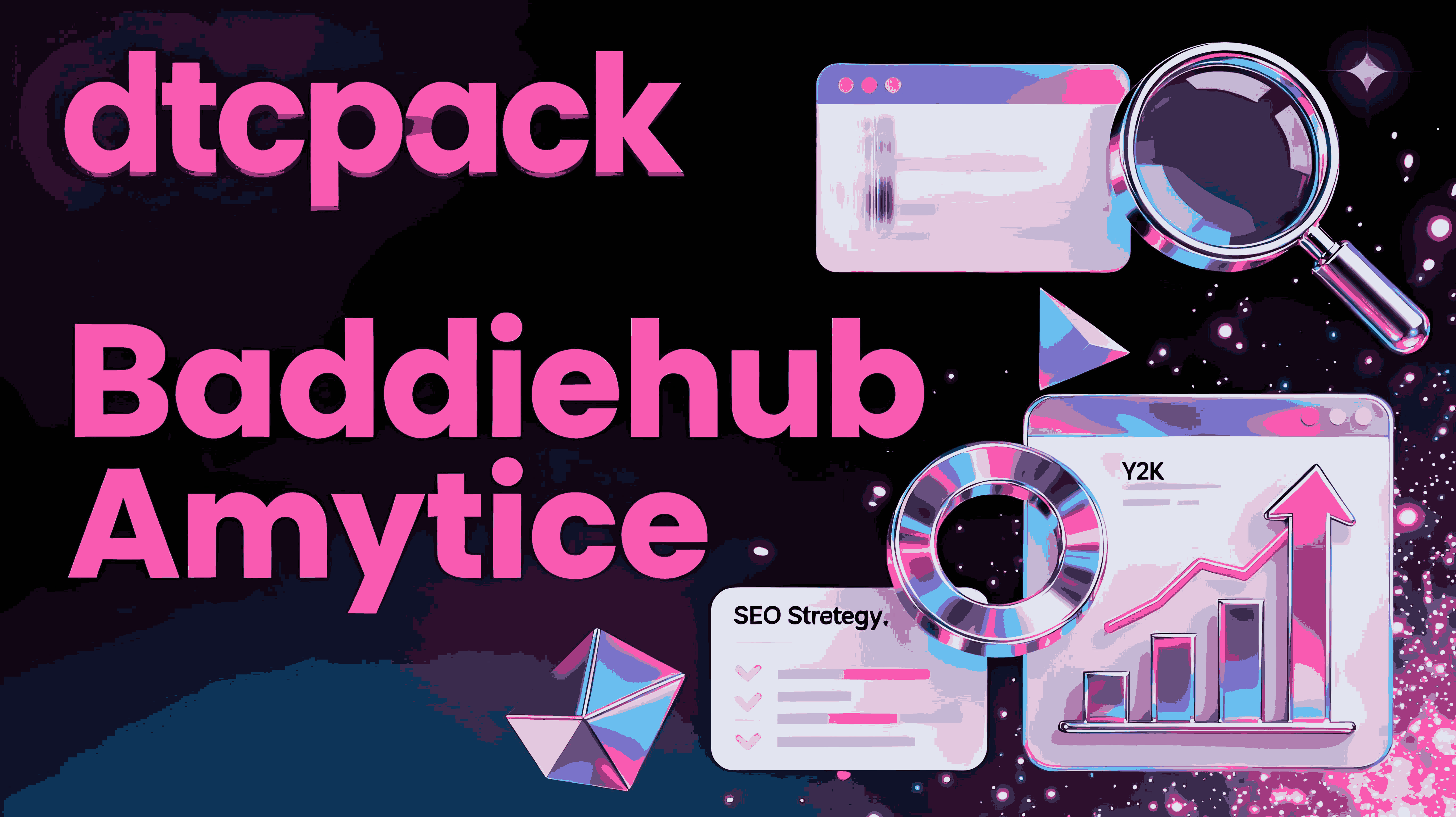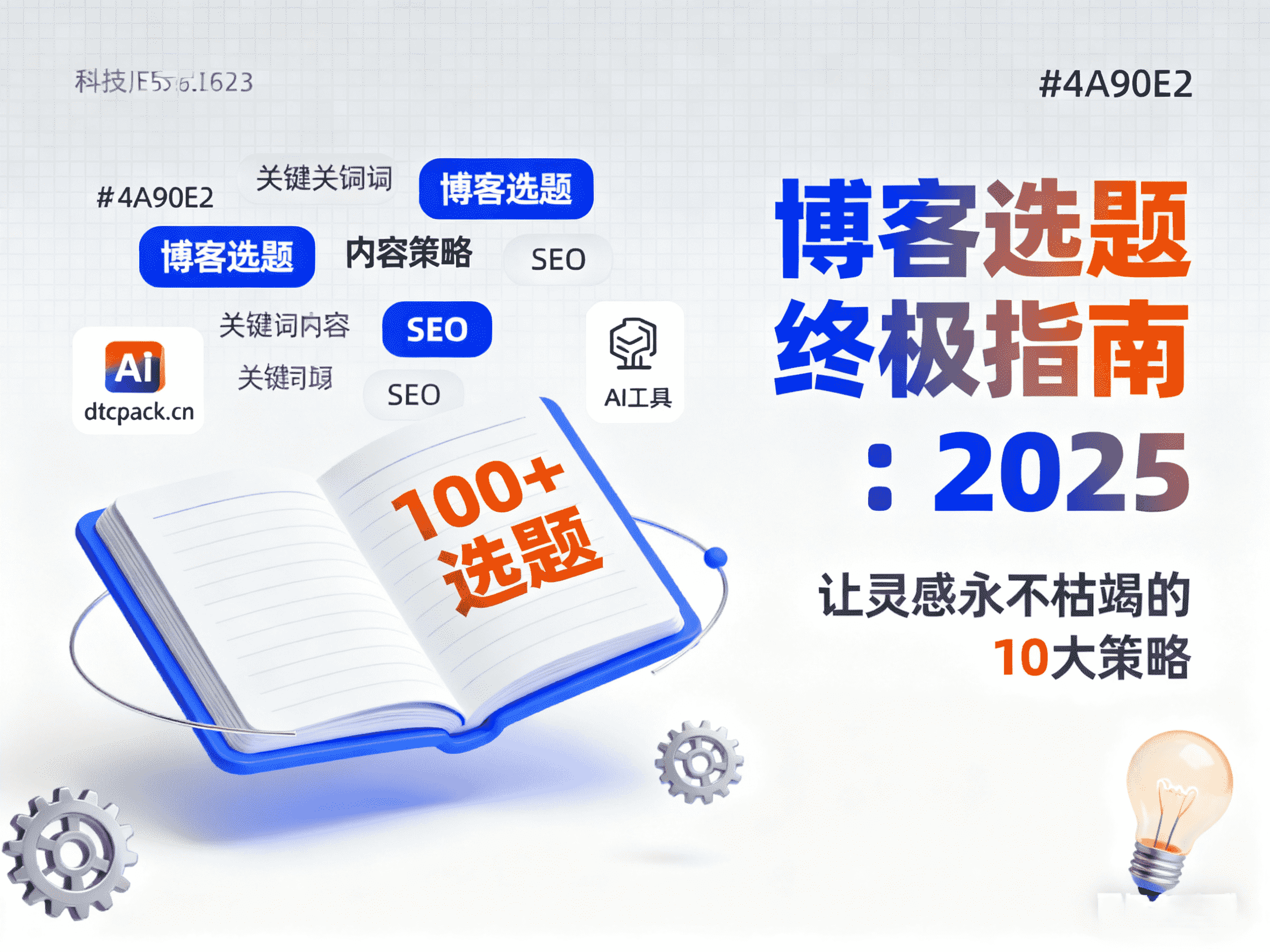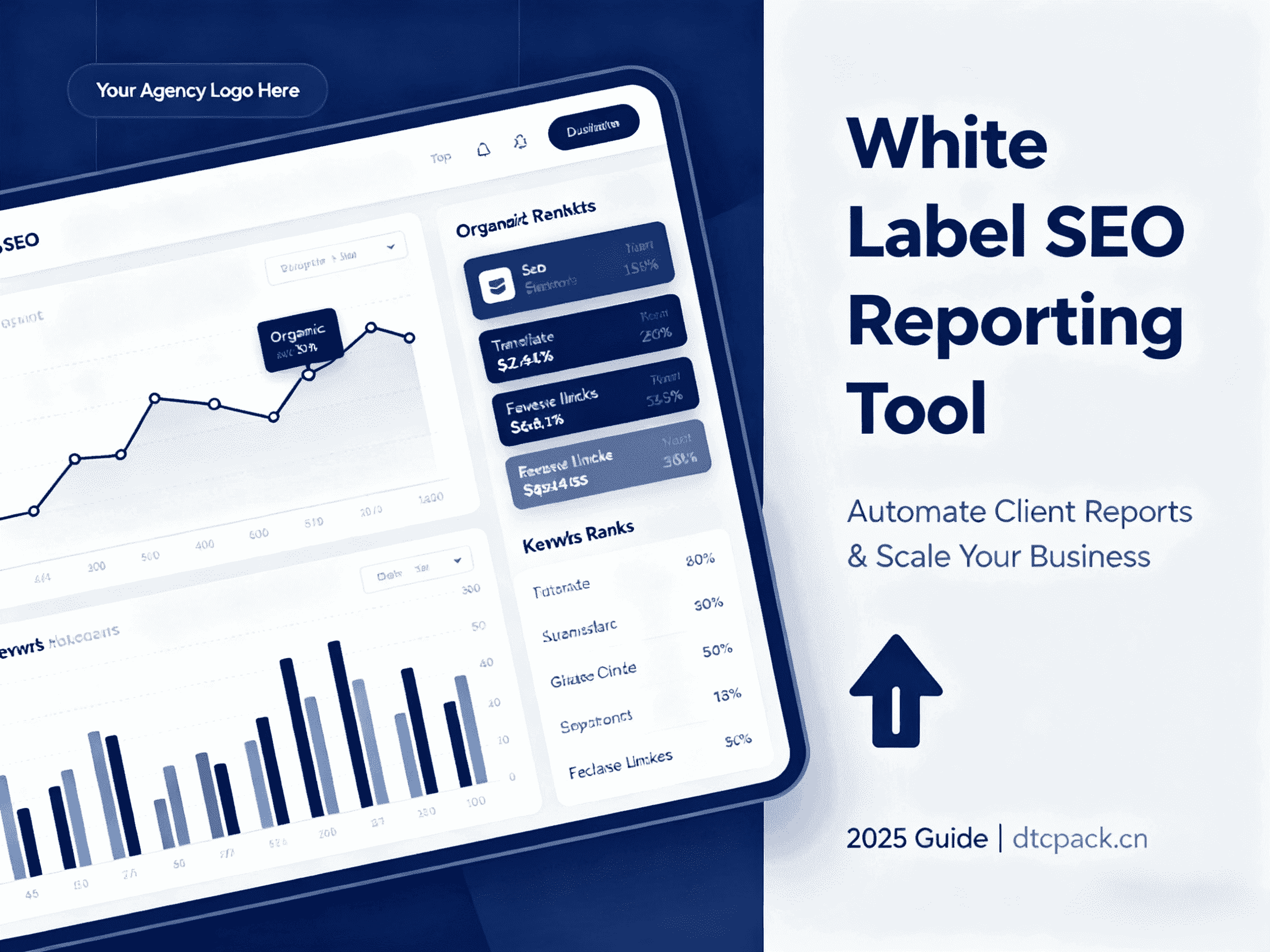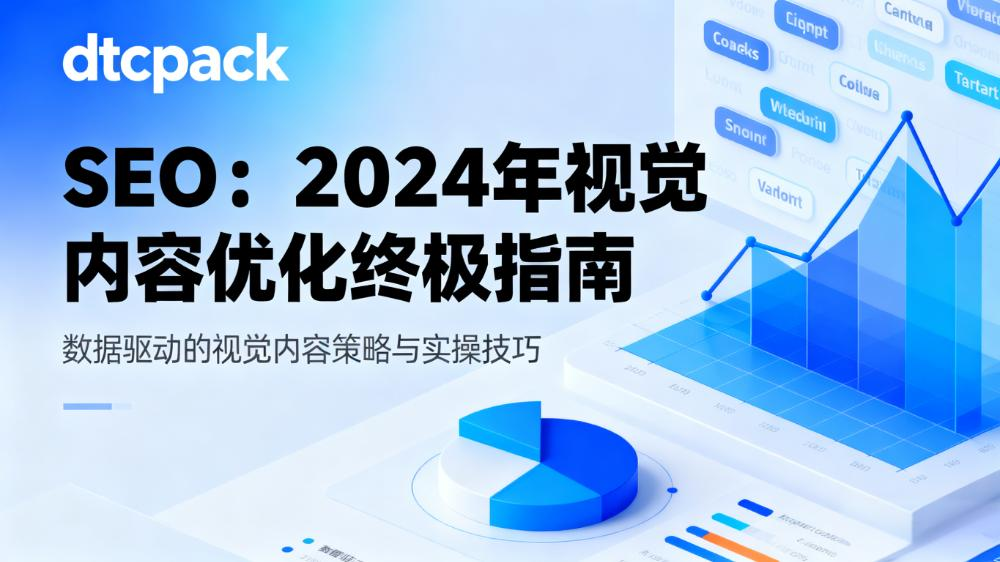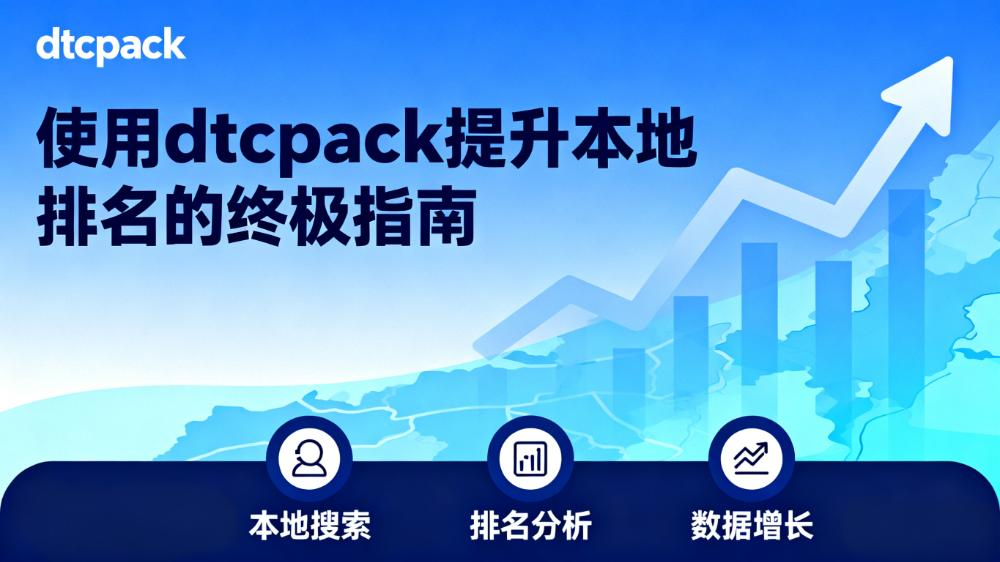1. Definition and Importance of External Links
What Are External Links?
External links, also known as backlinks or inbound links, are hyperlinks from one website (referred to as Website A) pointing to another website (referred to as Website B). For Website B, this link from Website A is considered an external link.
Functions and Importance of External Links
External links play a crucial role in Search Engine Optimization (SEO), including:
- Authority Transfer: When an authoritative website links to another site, it signifies endorsement of the linked content, enhancing the linked site’s trustworthiness and authority. Google’s Search Quality Guidelines emphasize the concept of E-A-T (Expertise, Authority, Trustworthiness), which may indirectly influence the value of a link, as links from high E-A-T sites are more likely to be valued.
- Search Ranking Improvement: High-authority external links elevate the benchmark score of a website/page. "Standing on the shoulders of giants" significantly increases visibility. High-quality backlinks are one of the key factors in improving search rankings.
- Traffic Boost: The internet is woven together by countless pages, with links acting as the threads. When a website has link entry points on other pages, users browsing those pages may click on the links. Assuming the click-through rate remains constant, higher traffic to the site increases the likelihood of link clicks and brand exposure.
- Guiding Search Engine Crawlers: Search engine spiders continuously discover new pages through links on the web. Given the vast number of pages on the internet, it’s impossible for search engine spiders to crawl all of them simultaneously. In the crawling mechanism, links on high-authority sites are crawled more frequently and in greater numbers than those on ordinary sites. If a website has link entry points on high-priority sites, the likelihood of its links being discovered and crawled by search engine spiders increases significantly.
By understanding and leveraging the power of external links, websites can enhance their authority, search rankings, traffic, and visibility in search engine results.
2. Link-Related Algorithms
PageRank Algorithm
PageRank is one of the core components of Google’s search algorithm, developed by Larry Page during his PhD studies at Stanford University. It evaluates the importance and relevance of web pages based on their link relationships. By calculating the quantity and quality of inbound links, PageRank assigns a score to each page, influencing its ranking in search results.
TrustRank Algorithm
TrustRank is a link-based ranking algorithm designed to identify high-quality pages on the internet. It evaluates the credibility of a page by analyzing its link relationships, particularly with other high-quality pages. TrustRank not only considers the quantity of links but also emphasizes their quality. Pages with more links from high-quality sources are deemed more trustworthy and tend to rank higher in search results.
BadRank Algorithm
BadRank operates similarly to TrustRank but focuses on identifying untrustworthy pages. It calculates a page’s untrustworthiness score based on its link relationships with known untrustworthy pages and the distance of these links. If a page has multiple links from untrustworthy sources, it may be flagged as untrustworthy, negatively impacting its search ranking.
Google HillTop Algorithm
The Google HillTop algorithm determines search ranking weights based on the quantity and quality of links a page receives. Unlike PageRank, HillTop specifically prioritizes links from documents with the same or related topics. It posits that links between thematically related pages contribute more to weight calculation than unrelated links. Therefore, a page with numerous high-quality links from related topics is likely to rank higher in search results.
Google Penguin Algorithm
The Google Penguin algorithm targets websites that excessively use SEO tactics to manipulate rankings, particularly those that purchase low-quality links for ranking purposes. Penguin identifies and penalizes sites employing unnatural or manipulative link-building strategies, such as buying large volumes of low-quality links or participating in link farms (websites interlinking to artificially boost rankings). Once detected by Penguin, such sites may face ranking penalties.
These algorithms collectively ensure that search rankings are based on genuine, high-quality link relationships, promoting fairness and relevance in search results.
3. External Link Quality Analysis
Authority
The authority of an external link typically refers to links from reputable and well-known websites. Such links carry higher weight in search engines due to the credibility and expertise of the source site, significantly boosting the authority and search ranking of the target website. High-quality external links not only come from authoritative sites but are also highly relevant to the target site’s content, naturally acquired, and capable of driving actual traffic and engagement. A website with numerous high-quality external links signals its value and credibility to search engines, thereby enhancing overall SEO performance and online visibility.
Relevance
The relevance of external links refers to the degree of alignment between the linking pages and your website’s content, theme, or industry. Highly relevant links come from or point to websites in the same or similar fields, sending a positive signal to search engines that your site is an authoritative resource in that niche. Search engines tend to view links from multiple industry-related sites as an indicator of high quality and value. Therefore, highly relevant external links can significantly improve a website’s search ranking and SEO performance. Additionally, such links attract targeted audiences, increase traffic, and enhance user engagement, potentially generating more leads and business opportunities.
Anchor Text
Anchor text is the clickable part of a link, providing direct clues to search engines about the content of the linked page. High-quality external links paired with relevant and precise anchor text can significantly boost the target page’s ranking for specific keywords. Search engines like Google analyze anchor text to determine the relevance of the linked page to the keywords in the anchor text, helping them understand the page’s topic and context. If the anchor text is highly relevant to the linked page’s content and the links come from authoritative and relevant sites, they send positive signals to search engines, indicating the page is a good match for user search intent, potentially improving its ranking. However, over-optimized or unnatural keyword-stuffed anchor text may be seen as manipulative, leading to penalties. Thus, creating natural and diverse anchor text is a crucial aspect of SEO.
Nofollow vs. Follow
Follow links (those without the nofollow attribute) are considered “votes” by search engines, passing link equity and potentially improving the target page’s search ranking. Nofollow links, on the other hand, instruct search engines not to pass link equity to the linked page, often used for sponsored content, ads, or user-generated content to avoid influencing rankings. While nofollow links don’t directly boost SEO rankings, they can still drive traffic and increase visibility, indirectly benefiting SEO. However, follow links should remain the primary focus in external link building. Proper use of both link types is essential for balancing SEO strategies and maintaining a healthy link profile.
Link Placement
External links placed in the main content area of a webpage are generally considered more valuable than those in sidebars or footers, as they are more likely to be interpreted by search engines as highly relevant recommendations. Links in prominent positions, such as at the beginning of an article or within the body text, are seen as stronger signals. Therefore, a link in a visible and contextually relevant location may contribute more to SEO than those in less prominent areas. However, this factor should be considered alongside link quality and relevance for effective SEO strategy.
Number of Outbound Links
The fewer outbound links a page has, the more link equity it can pass to each external link, potentially providing greater SEO value to the linked pages. Conversely, a page with numerous outbound links dilutes its link equity, reducing the SEO impact of each link. Therefore, external links from high-quality pages with fewer outbound links are more beneficial for SEO.
Link Stability
A steady increase in external links indicates growing credibility and authority over time, helping build a positive reputation with search engines and improving rankings. Search engines view websites that consistently gain high-quality links as providing valuable content, deserving better rankings. In contrast, significant fluctuations or sudden drops in external links may be interpreted as unstable quality or manipulative practices, potentially leading to ranking penalties.
Indexing of External Links
External links only contribute to search rankings after being indexed by search engines. Many links created during link-building efforts may not be indexed, rendering them ineffective for SEO. Ensuring external links are indexed is a fundamental requirement in link building.
4. Strategies and Techniques for External Link Building
Affiliate Marketing
For established websites, this strategy is often highly effective. For example, links can be quickly added to other sites within the same group (e.g., different root domains or regional sites). Links can also be added to industry sites through partnerships or by including logo links. This approach is recommended as a priority.
Link Placement
Link placement involves adding links to your website on third-party sites you don’t manage. Methods include submitting to business directories, creating profile pages on social media and industry forums, commenting on blogs, posting on forums and Q&A sites, and creating job search listings. While the barrier to entry is low, the quality of such links is often average.
Link Requests
Link building often involves proactively reaching out to website owners to request links. This can include creative value propositions, such as writing guest blog posts, using the skyscraper technique to provide better resources than existing links, embedding links to offer additional information, self-inducement by actively mentioning the other party, providing recommendations and case studies, and building resource page links. Other methods include broken link building (offering replacement links to fix broken links), image link building (requesting image credits), unlinked mentions (turning brand mentions into clickable links), and link changes (requesting modifications to existing links). Successful implementation requires careful planning and personalized approaches, ensuring the content or services offered are genuinely valuable to the other party.
Link Purchasing
While purchasing links is a common strategy, it carries risks. Inexperienced individuals may waste money on low-quality links that don’t improve rankings and could lead to penalties. However, there are cases where experienced individuals have successfully purchased “safe” links without penalties.
Competitor Analysis
Using link analysis tools, you can study the external link profiles and strategies of high-performing competitors. By identifying high-authority sites, you can attempt to establish communication and secure quality external links for your site. For example, tools can help find all external linking pages of a target site, allowing you to filter by domain rating, domain traffic, and other metrics.
By implementing these strategies, you can build a robust external link profile, enhancing your website’s SEO performance and search rankings.
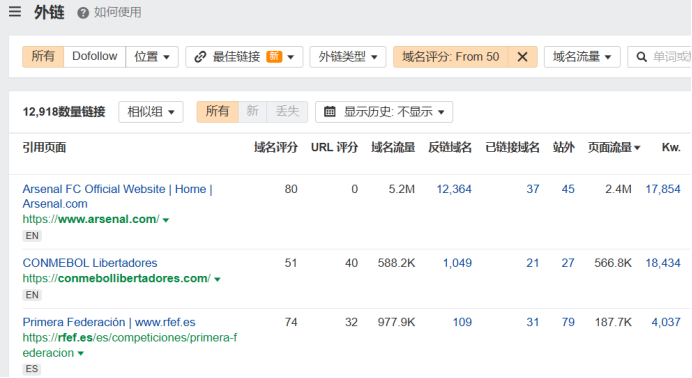
Creating High-Quality Tools or Resources
Creating linkable assets is an effective strategy in link building, designed to attract natural links from other websites. Common approaches include:
- Data-Driven Content: Develop research reports, case studies, or data surveys that provide in-depth insights. Such content often attracts links due to its uniqueness and informational value.
- Online Tools and Calculators: Create useful online tools or calculators that offer immediate value to users. Unique tools are more likely to gain natural links .
- Interactive Content: Develop interactive elements like quizzes, surveys, or simulators that engage users and encourage sharing.
- Comprehensive Guides and Tutorials: Offer detailed guides or step-by-step tutorials that help users solve specific problems or learn new skills. High-quality educational content is widely recommended .
- Industry Surveys and Awards: Conduct industry surveys or host awards that draw attention from within and outside the industry, potentially earning coverage and links .
- Free Resources: Provide free resources such as eBooks, templates, or checklists that are helpful to users, who may link back to them .
- Content Aggregation: Create a resource page that aggregates the best content from multiple sources. Such pages can attract links if they provide significant value .
Maintaining Links
Link maintenance in link building involves continuously monitoring and managing acquired backlinks to ensure their effectiveness and quality. This includes:
- Fixing Broken Links: Use tools like Ahrefs Site Explorer to identify and fix broken links that lead to 404 errors .
- Tracking Lost Links: Monitor the health of backlinks using the "Lost" filter to track recently lost links and proactively contact website owners to restore them .
- Regularly Checking Anchor Text and Context: Ensure that anchor texts and surrounding content remain aligned with your SEO strategy.
Social Media
Using social media for link building is an effective SEO strategy to increase website visibility and authority. Key methods include:
- Social Media Profiles: Create company or personal profiles on platforms like Facebook, LinkedIn, and Twitter, including links to your website .
- Sharing Valuable Content: Share high-quality content from your website, such as blog posts, research reports, or videos, with direct links .
- Participating in Industry Groups: Join industry-related social media groups or forums and provide valuable insights with links .
- Using Social Media Plugins: Add social media share buttons to your website to encourage visitors to share your content .
- Creating and Joining Conversations: Use trending hashtags on platforms like Twitter and Instagram to engage in relevant topics and link back to your website .
- Collaborating with Influencers: Partner with industry influencers or notable figures to have them mention your website or include links in their social media posts .
5.Link Building Tools
Ahrefs
Ahrefs’ Link Building tools help users discover new link opportunities, analyze competitors, find broken links, and filter results across multiple dimensions for quick insights.
By implementing these strategies and tools, you can effectively build and maintain high-quality backlinks, enhancing your website’s SEO performance and search rankings.
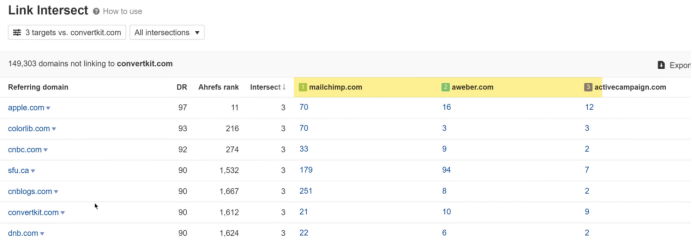
SEMRUSH
Through SEMRUSH's backlink analysis tool, users can view the backlink status of a specified domain name, subdomain, or URL. Provide suggestions for reverse link construction to help users identify high-quality external link opportunities. Compare with competitors to see the growth trend of backlinks on competing websites. External link quality analysis, translate directly into English

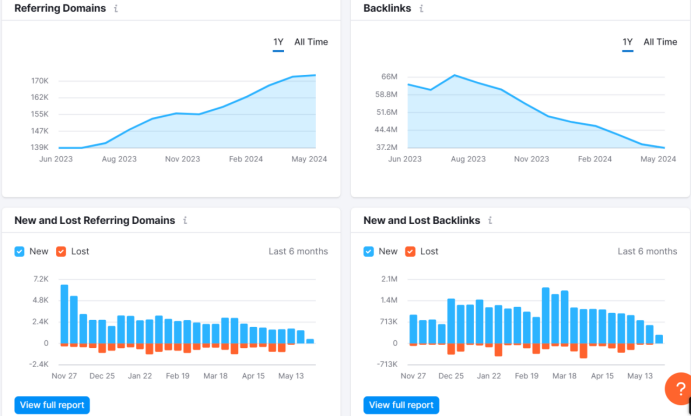
Moz Pro
Moz Pro is a comprehensive SEO toolset that includes keyword research, site audits, rank tracking, and backlink analysis. Moz also provides the Domain Authority (DA) metric, which helps users evaluate a website’s SEO strength.
BuzzSumo
BuzzSumo is a content research and analysis tool that allows users to discover trending content, identify influential blogs and social media accounts, and guide content marketing and link-building strategies by analyzing popular content on social media.
Majestic SEO
Majestic SEO is renowned for its extensive link index database, offering in-depth backlink analysis, website authority scores (Trust Flow and Citation Flow), and various tools for link building and SEO analysis.
6. Summary
Link building is a critical factor in enhancing website authority, increasing search engine traffic, strengthening brand visibility, and improving keyword rankings. High-quality backlinks can significantly boost a website’s visibility in search results, attract more potential customers, and build a healthy backlink profile, ensuring long-term growth in online influence.
The future of link building will focus more on link quality and relevance, with content marketing at its core to attract natural links. As search engine algorithms evolve, link-building strategies will increasingly emphasize creating valuable content that users and peers are willing to share. Additionally, diversified link structures, the importance of localized links, and leveraging emerging social media platforms will grow. Compliance, transparency, and user experience will become indispensable aspects of link-building strategies, ensuring SEO efforts are both effective and sustainable.


